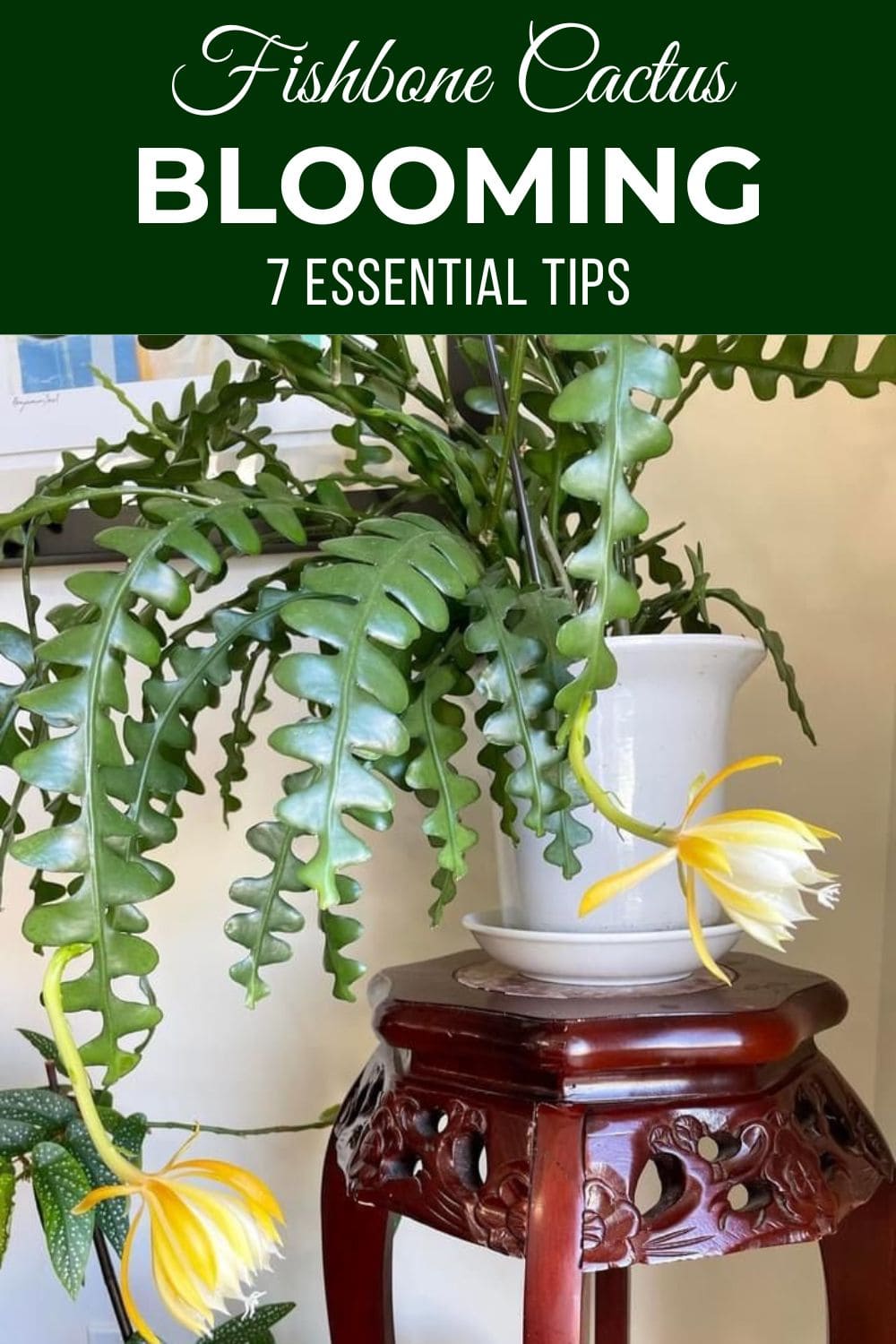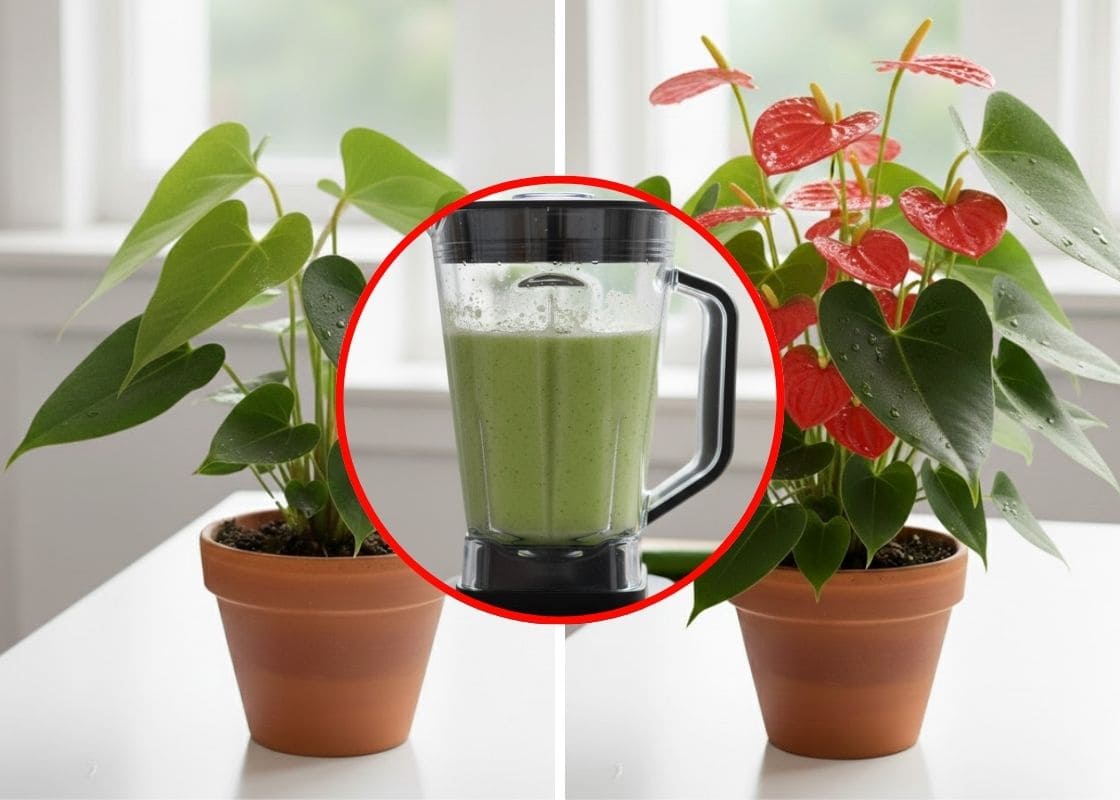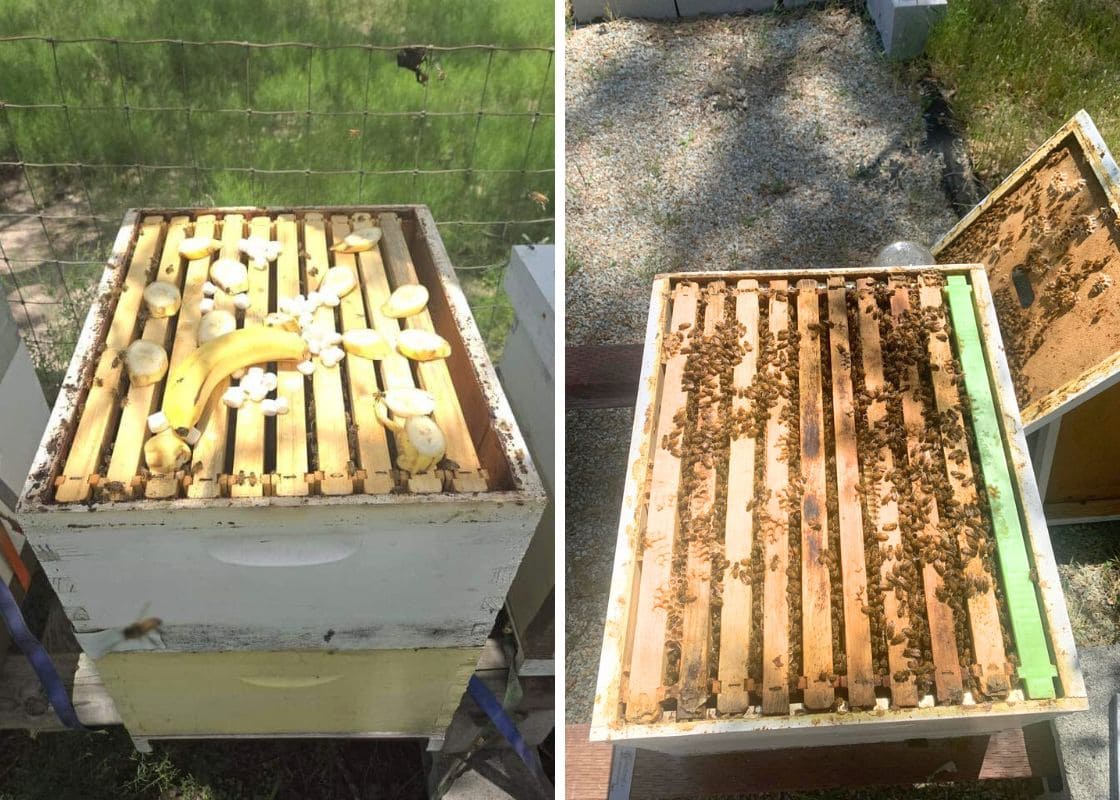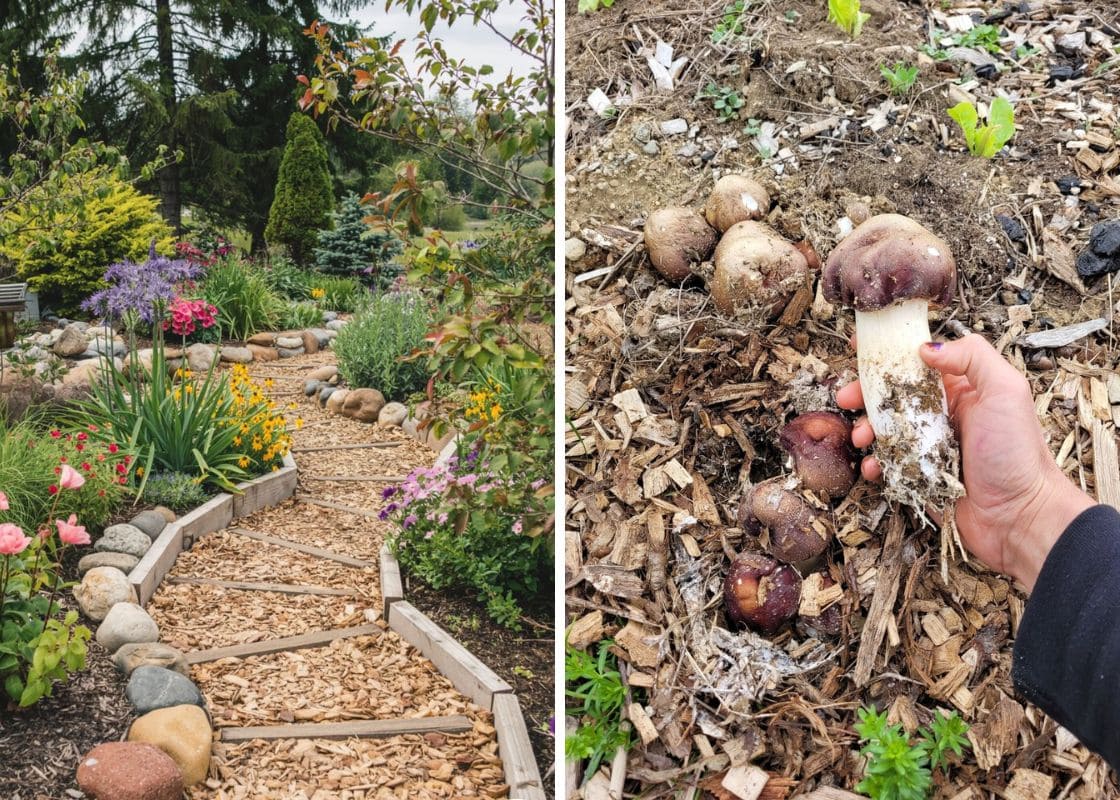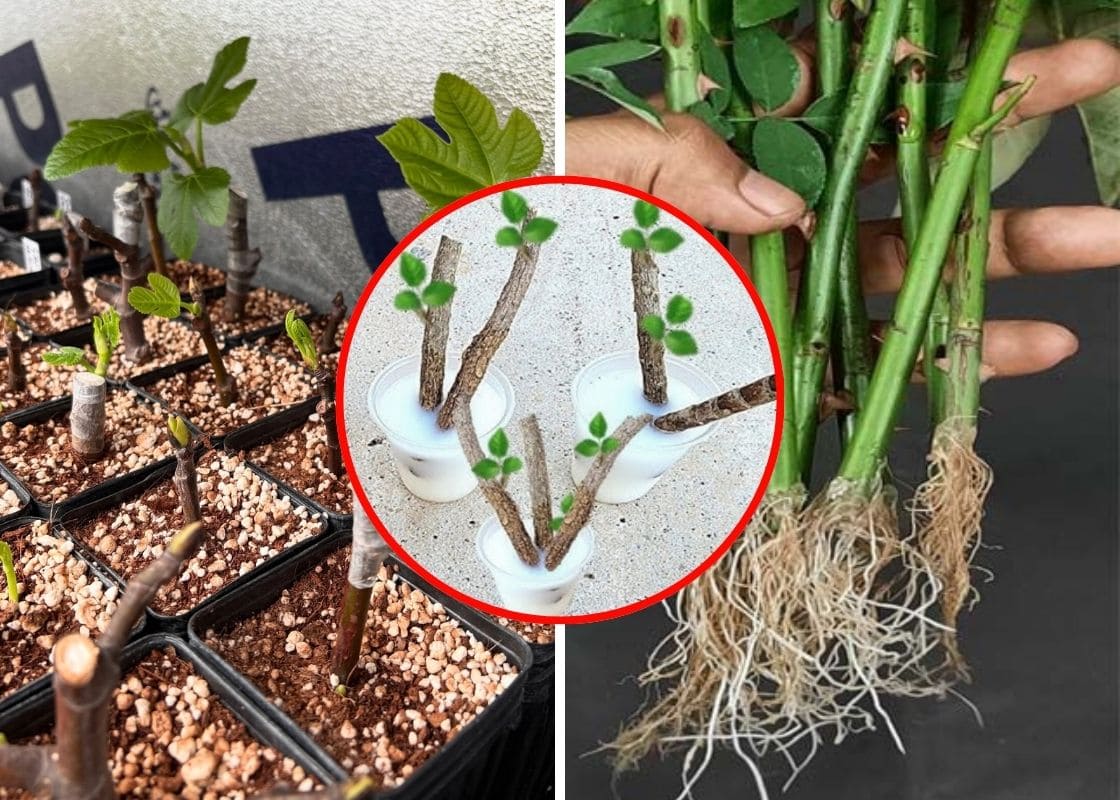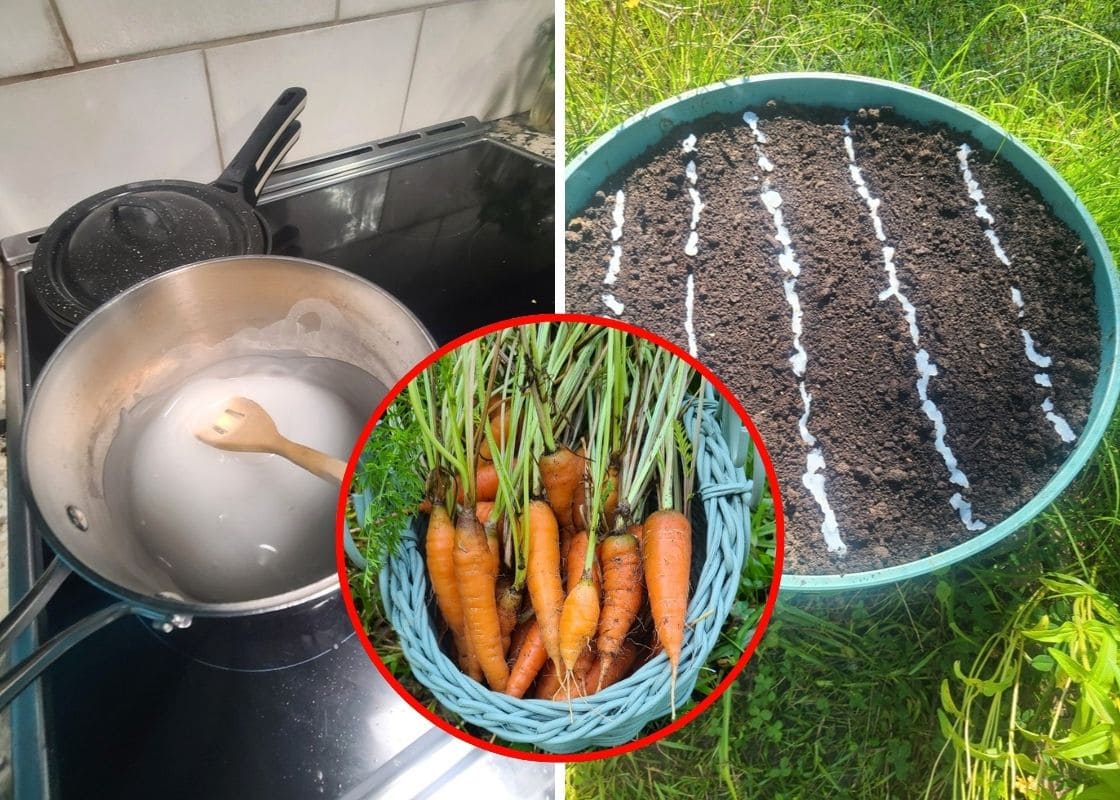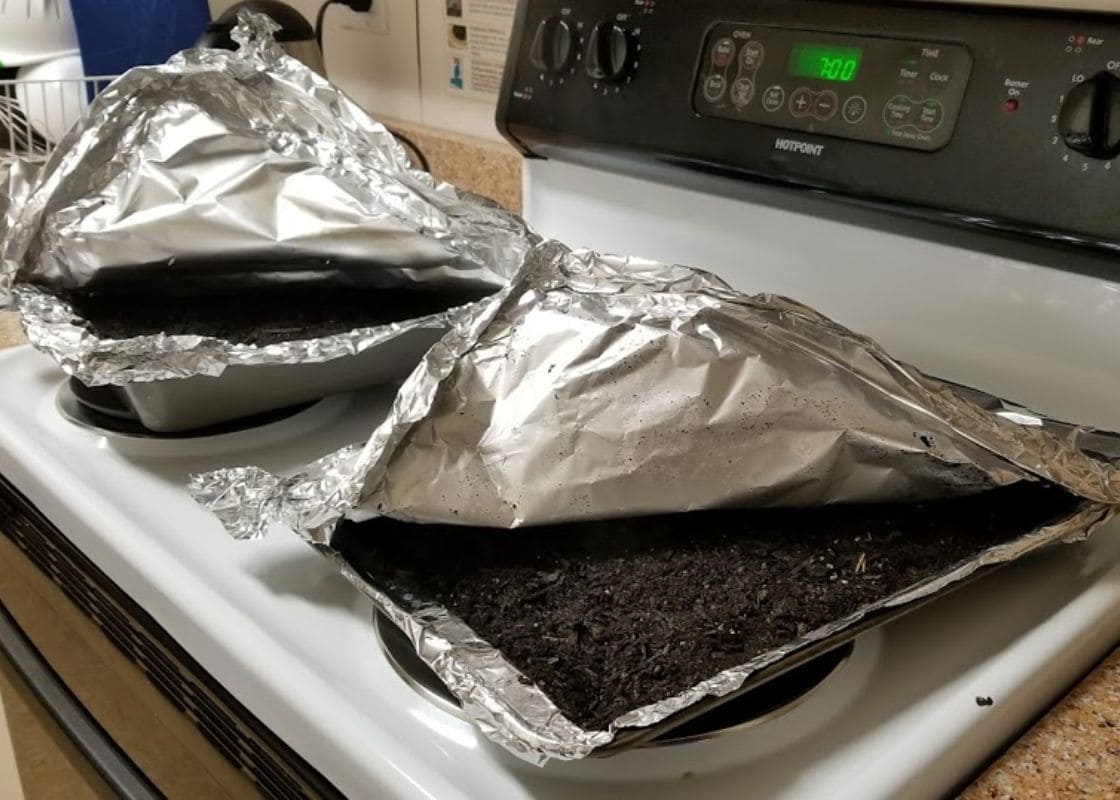The fishbone cactus, also called Zigzag or Ric Rac Cactus, is a conversation starter with its striking, jagged foliage.
But what many plant lovers don’t realize is that this quirky cactus can also reward them with enormous, fragrant flowers that open dramatically at night.
These blooms don’t last long, sometimes only a single evening, but their beauty and sweet perfume are unforgettable.
If your plant hasn’t bloomed yet, don’t worry, it usually comes down to creating the right balance of care.
Know When to Expect Blooms
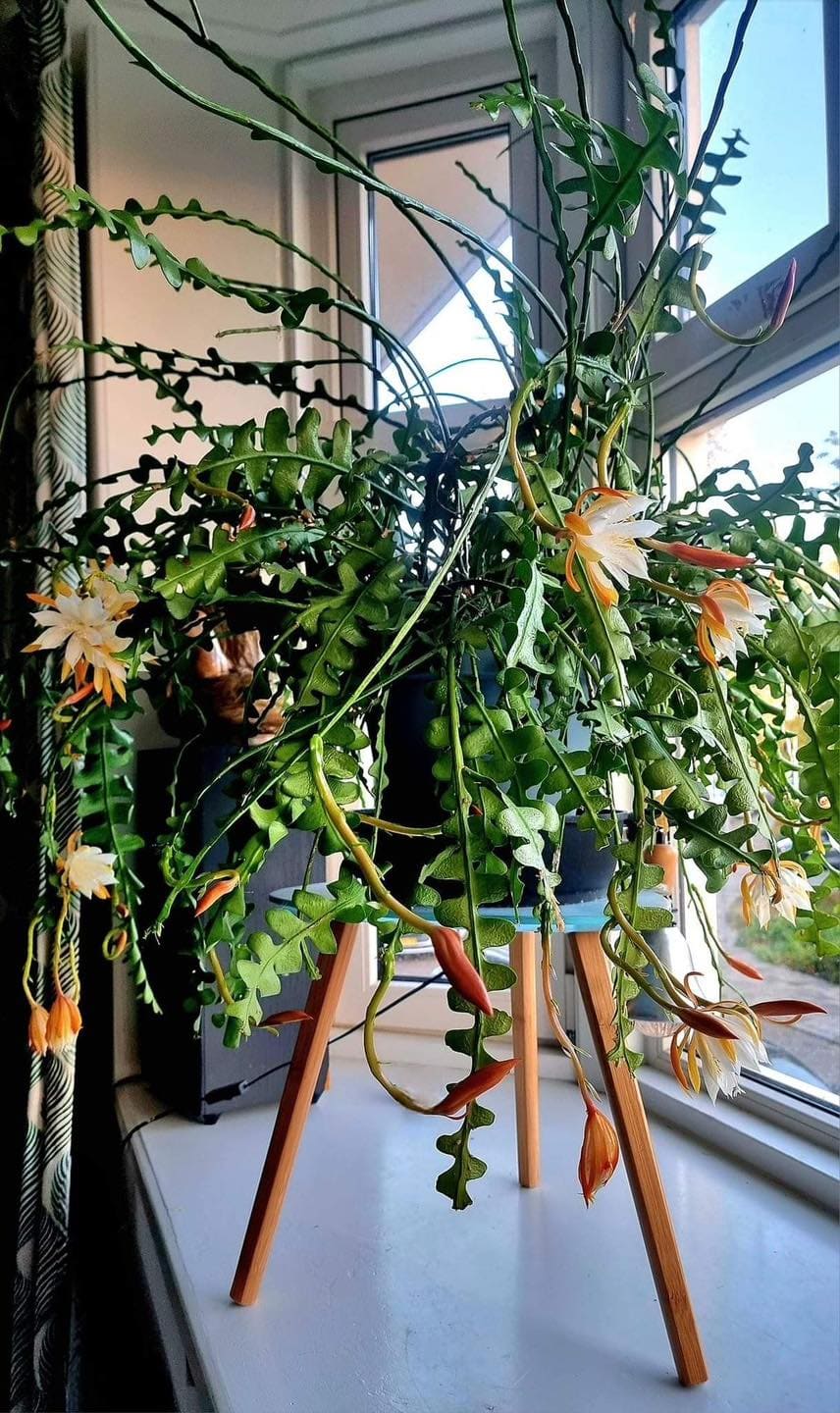
The fishbone cactus isn’t a constant bloomer. It typically flowers in late summer through fall, although indoor plants may bloom a little earlier or later depending on conditions.
Young plants won’t bloom right away, it often takes 2-3 years of growth before they’re mature enough to produce flowers.
If your cactus is still small, patience is part of the process.
Light: The Key to Bud Formation
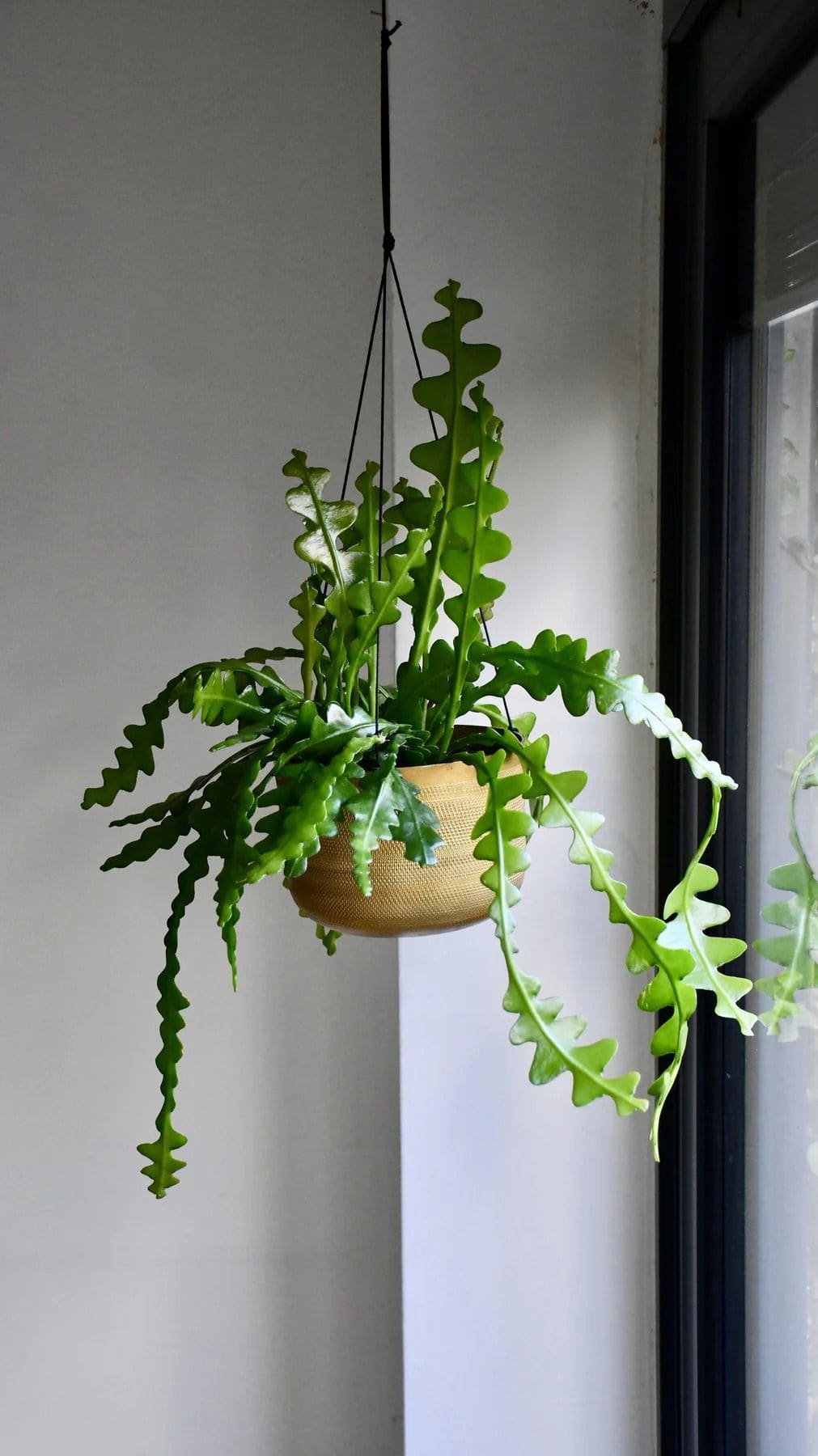
Like many flowering plants, light is the trigger that pushes the Fishbone into bloom mode.
It needs bright, indirect sunlight to thrive. A few hours of gentle morning sun is perfect, but harsh midday rays can scorch its leaves.
If the plant doesn’t get enough light, it will grow healthy foliage but won’t form buds.
Position it near an east- or south-facing window, or use a grow light during shorter days.
A consistent light schedule is one of the most reliable ways to encourage flowering.
Resting Periods Encourage Blooms
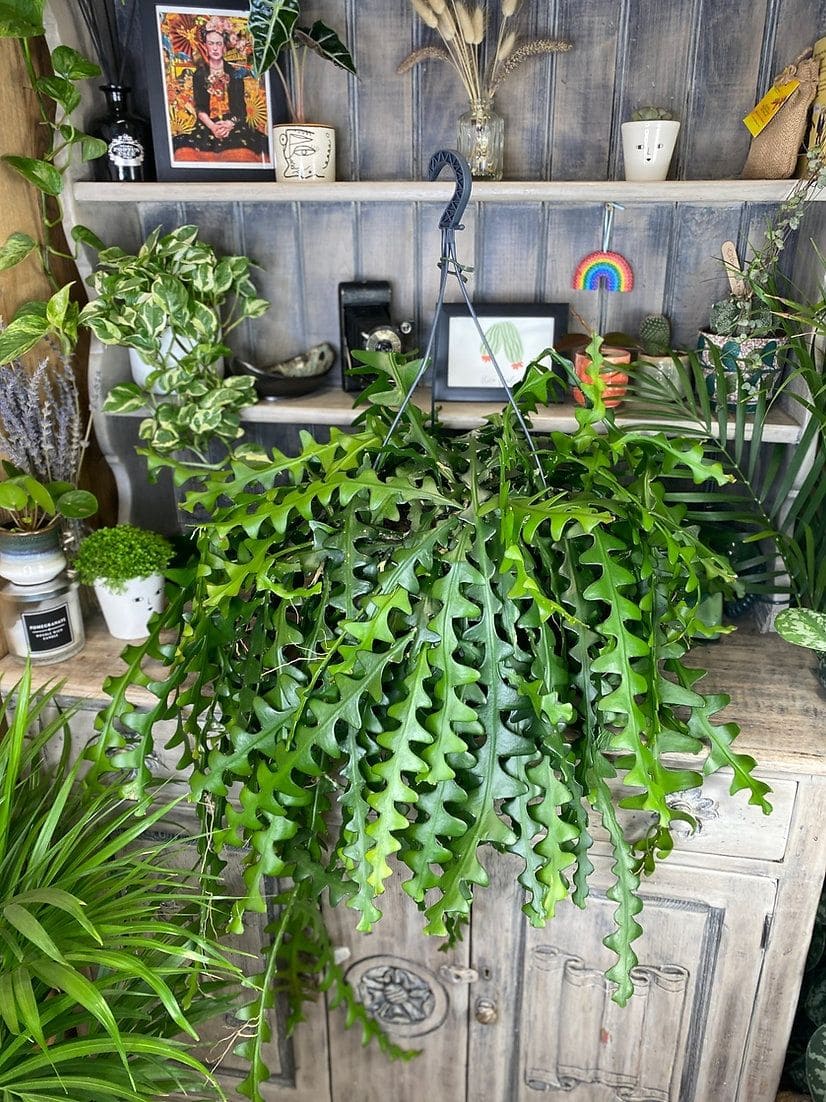
What makes jungle cacti unique is that they respond well to seasonal changes.
After the active growing season in spring and summer, your Fishbone Cactus benefits from a rest in late fall through winter.
During this time, keep it cooler (around 55-60°F / 13-15°C) and reduce watering.
This dormant period mimics its natural cycle and signals the plant to store energy, which it later uses to produce flowers. Without this cool rest, many plants won’t bloom at all.
Feeding for Flowers
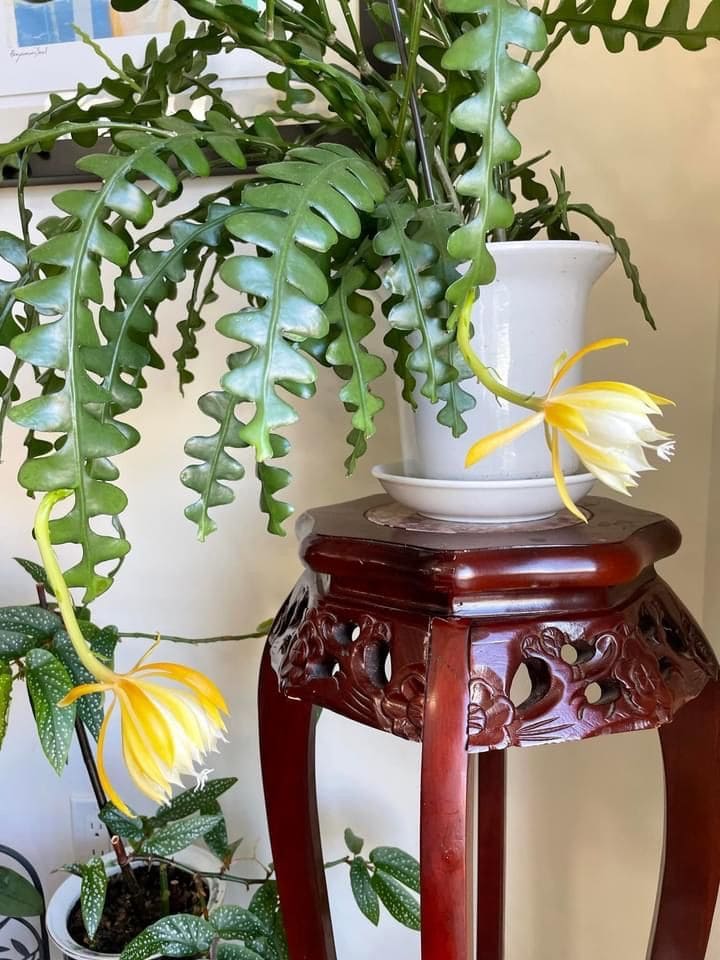
Fertilizer plays a huge role in bloom success. During spring and summer, feed your cactus every 2-3 weeks with a balanced, water-soluble fertilizer.
Once late summer approaches, switch to a bloom-boosting formula with more phosphorus.
Phosphorus helps the plant channel energy into flower buds rather than just leafy growth.
Always dilute fertilizer to half strength as jungle cacti don’t need heavy feeding, and too much can stress the roots.
Watering and Soil Balance
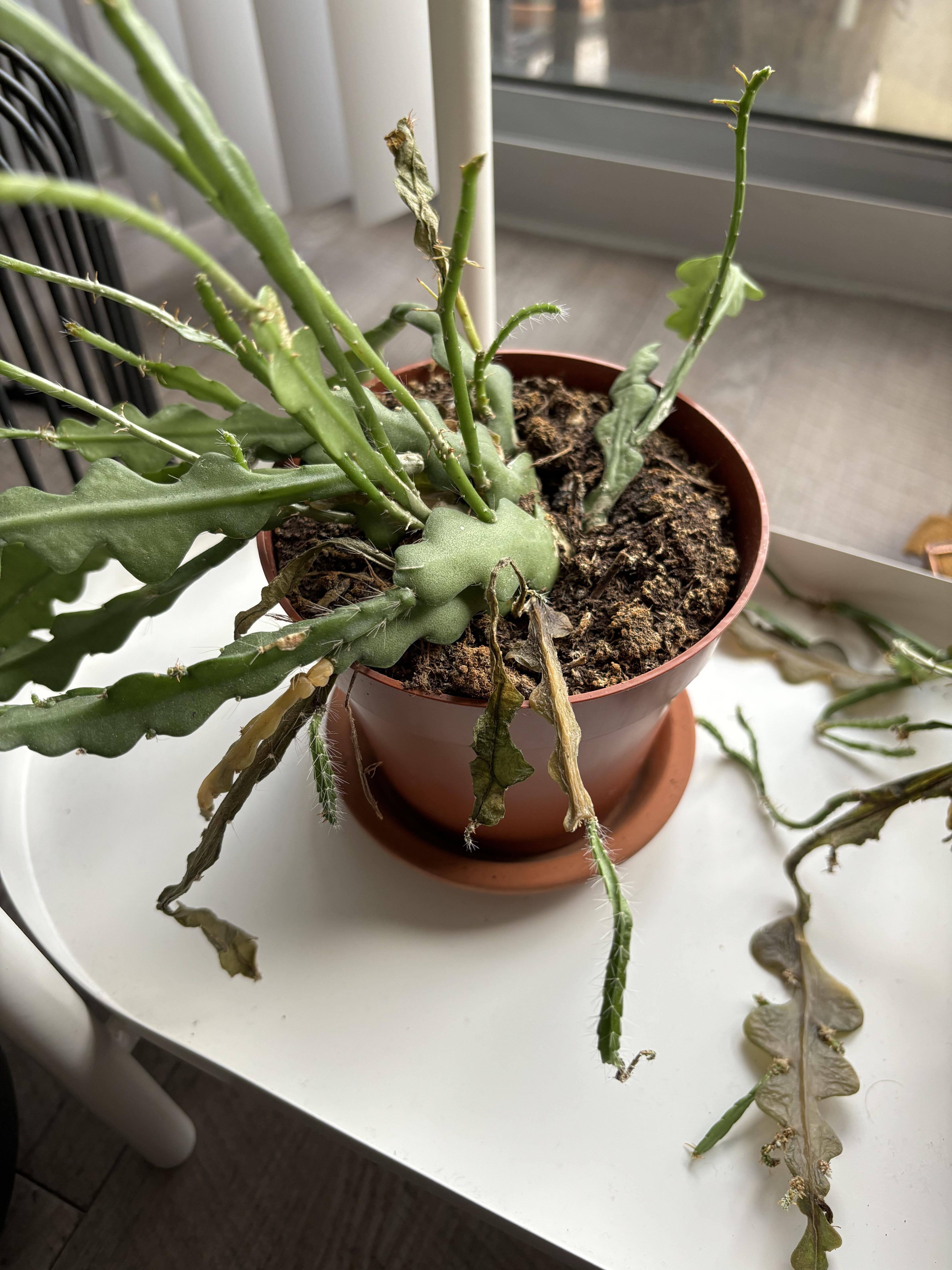
Though it’s called a cactus, the Fishbone is actually an epiphytic jungle cactus, which means it grows in tree crevices where water drains quickly.
It doesn’t want desert-dry soil, but it also can’t sit in soggy conditions.
The trick is to water when the top 1-2 inches of soil feel dry, then water thoroughly, letting excess drain away.
A chunky, airy mix of potting soil, orchid bark, and perlite is ideal. Proper soil not only prevents rot but also encourages healthier, bloom-ready growth.
Don’t Forget Humidity
Unlike desert cacti, Fishbone cactus loves humidity. Aim for 50-70% humidity to mimic its rainforest roots.
A humidifier, pebble tray, or grouping plants together can help if your home is dry.
Healthy, hydrated foliage is more likely to support flower production. Low humidity can cause buds to drop before they even open.
Stability and Maturity
Fishbone cactus dislikes being moved once buds form. Shifting its position or exposing it to drafts can cause buds to abort.
Once you notice buds, keep the plant in stable conditions until the flowers open.
Remember too that maturity matters, plants under 2 years old usually aren’t ready to bloom, no matter how perfect your care is.
Extra Bloom Boosters
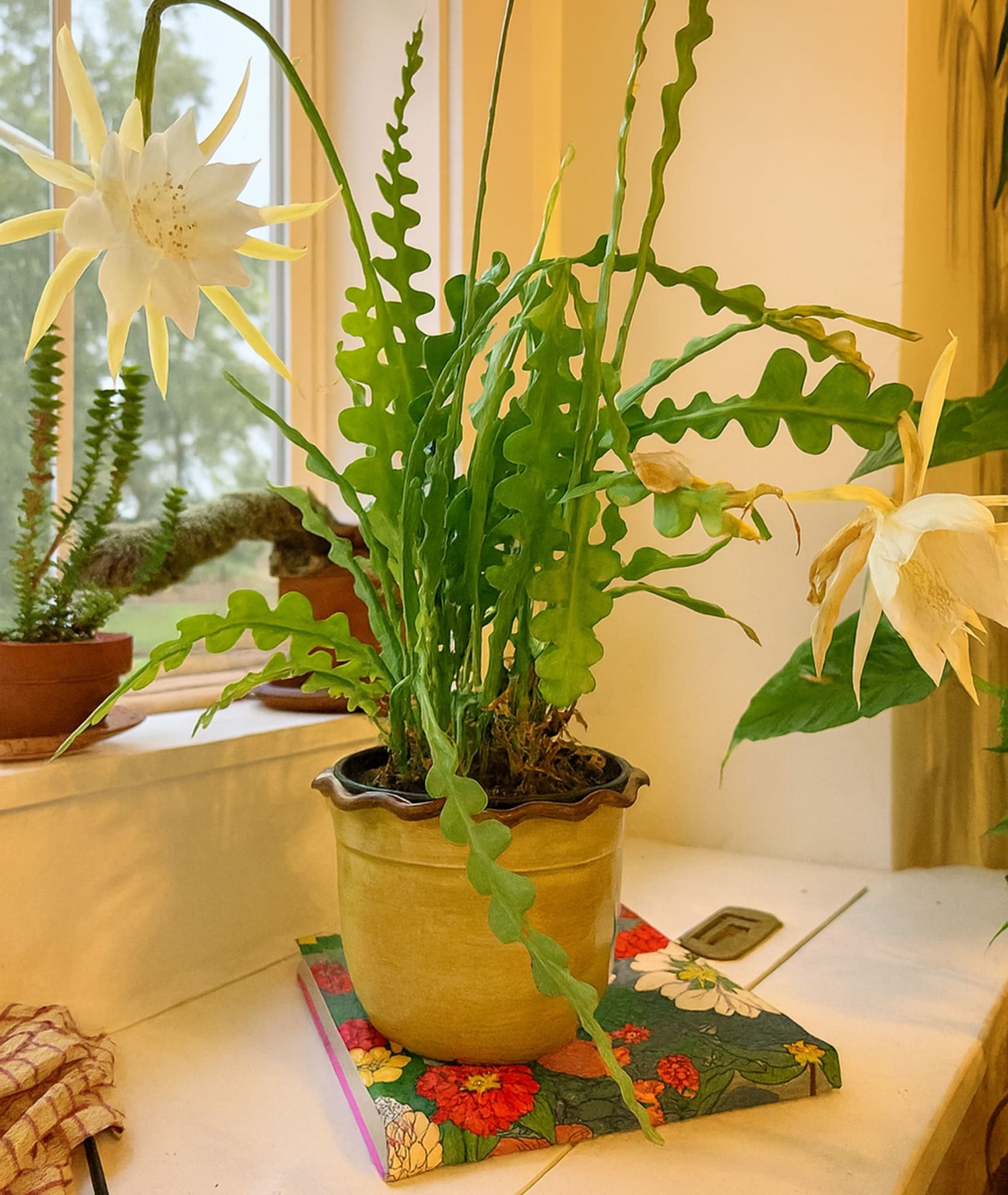
Place the plant outdoors in summer (if temperatures stay above 55°F / 13°C) for stronger light and fresh air.
Prune lightly after blooming to encourage bushier growth and more flowering sites.
You can use a terracotta pot to prevent overwatering and give the roots healthy aeration.
Final Thoughts
Seeing a Fishbone cactus in bloom is one of the most rewarding plant experiences, it’s like watching a firework display that only nature could create.
The key is patience and consistency: bright light, a cool rest, proper feeding, and stable humidity.
Treat your plant like the jungle cactus it is, and one evening you may be greeted with those enormous, fragrant flowers that make this plant so unforgettable.
